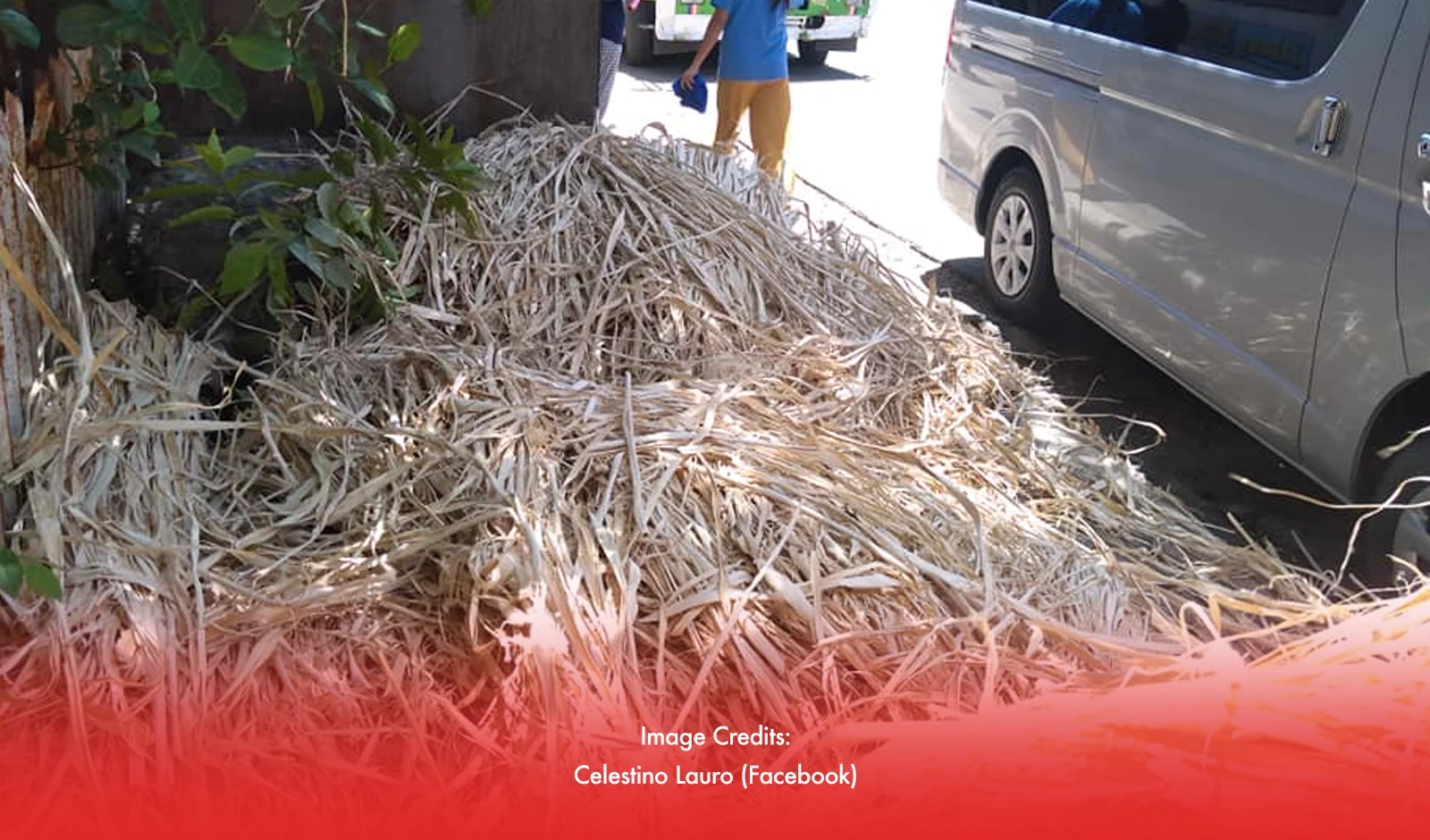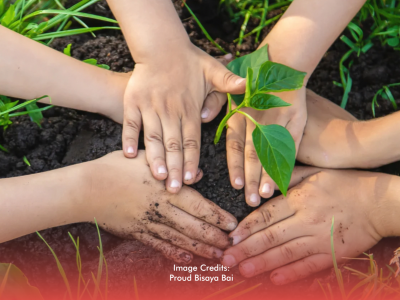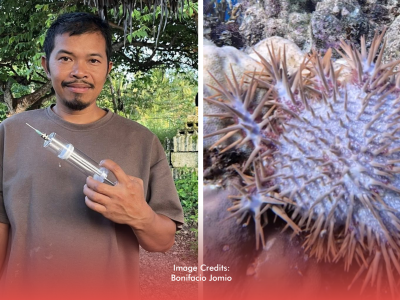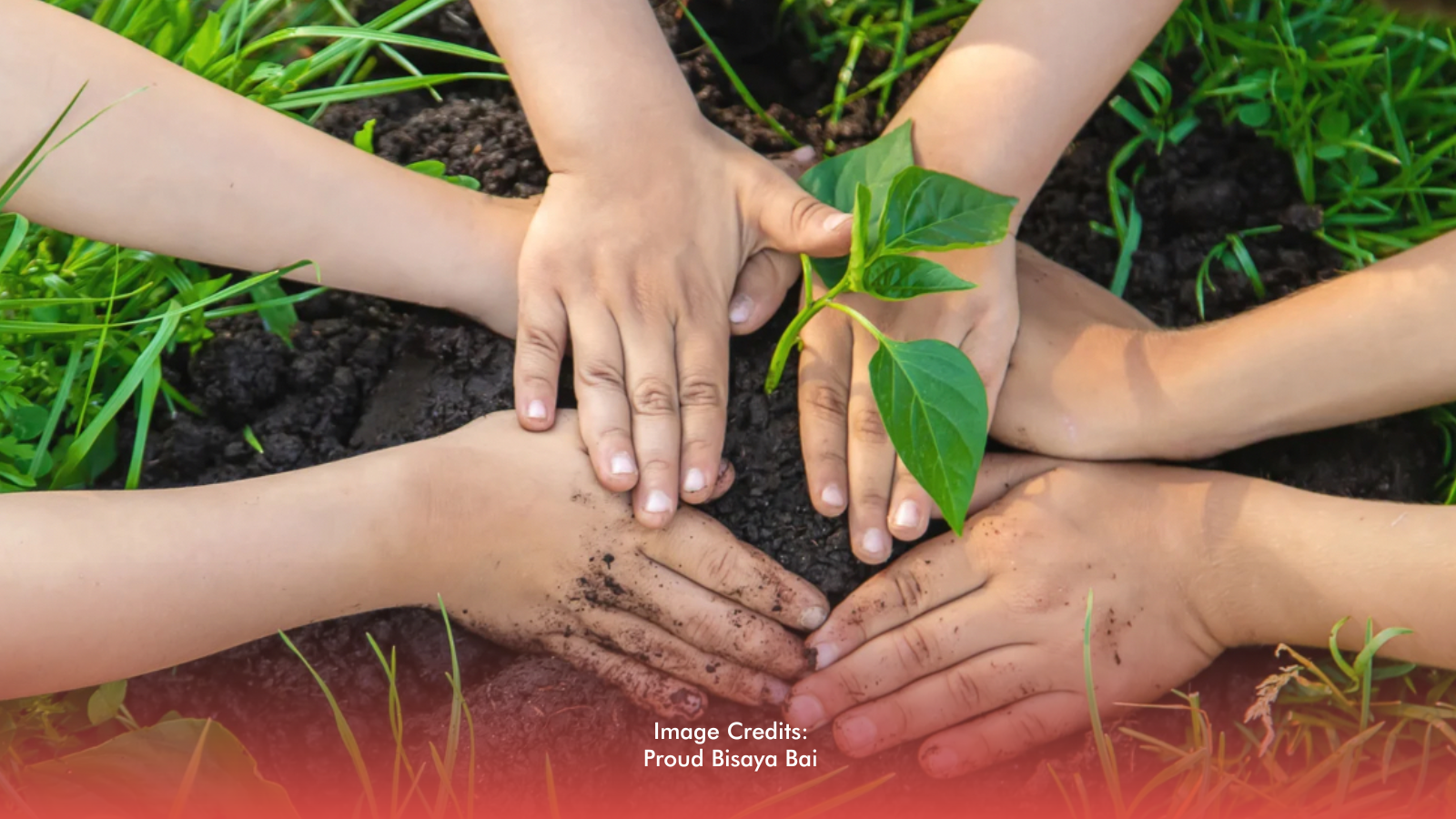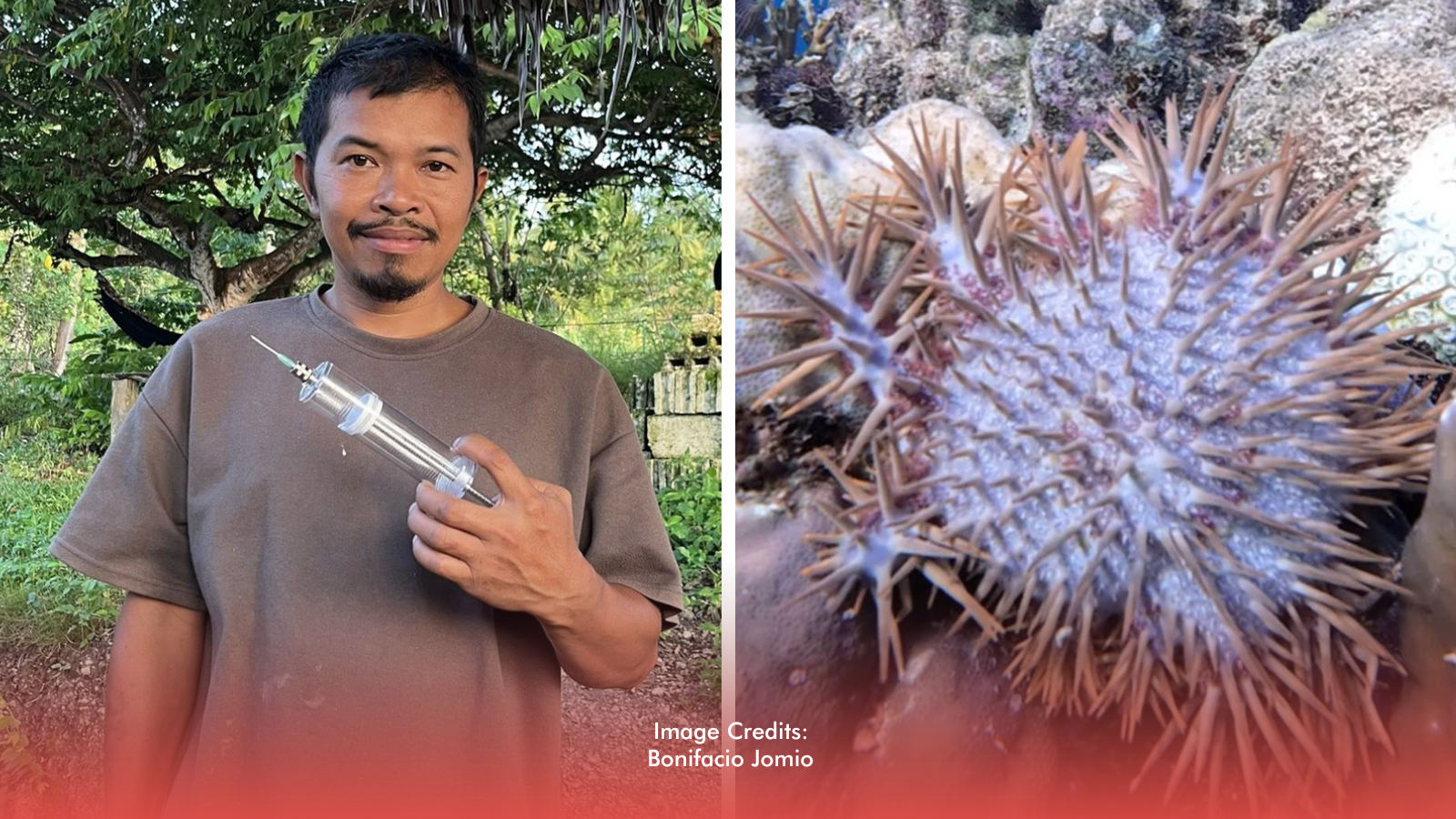According to Lionel Abella, the fiber development officer for the Philippine Fiber Development Authority (PhilFIDA) in Cebu, they are looking for local fiber producers with the best substitute for abaca as raw materials in the towns of Tuburan in the north and Ginatilan in the south.
He claims that a project in Ginatian that began this year aims to plant five hectares of "salago" and 16 hectares of "sisal."
Producers are optimistic about increasing the output of various raw materials for fiber production to meet the rapidly expanding global market demand.
Finding new fiber sources
The flowering plant sisal produces a strong fiber that is used to make rope and other items, whereas salago–also called bootlace bush and round-leaf salago–provides a durable fiber that may be used to make ropes.
After learning that farmers only use bamboo to harvest the sisal fiber, the agency decided to sponsor the Hibla Project by supplying equipment to expedite the production of ropes used to sew the pigs' stomachs before they are roasted for lechon.
The project has a PHP1.2 million budget, which covers personnel, equipment, and planting supplies.
Offsetting the fiber needs
According to Abella, the Philippines is the world's leading producer of abaca fiber, but the agency is working to grow its industry there to meet the growing demand for the product on the global market.
The Philippines supplies 85% of the world's fiber production and is the world's largest exporter of abaca, also referred to as Manila hemp.
Numerous products, such as fishing lines, ropes, bags, carpets, diapers, pill coatings, fabrics, and surgical masks, are made from abaca.

